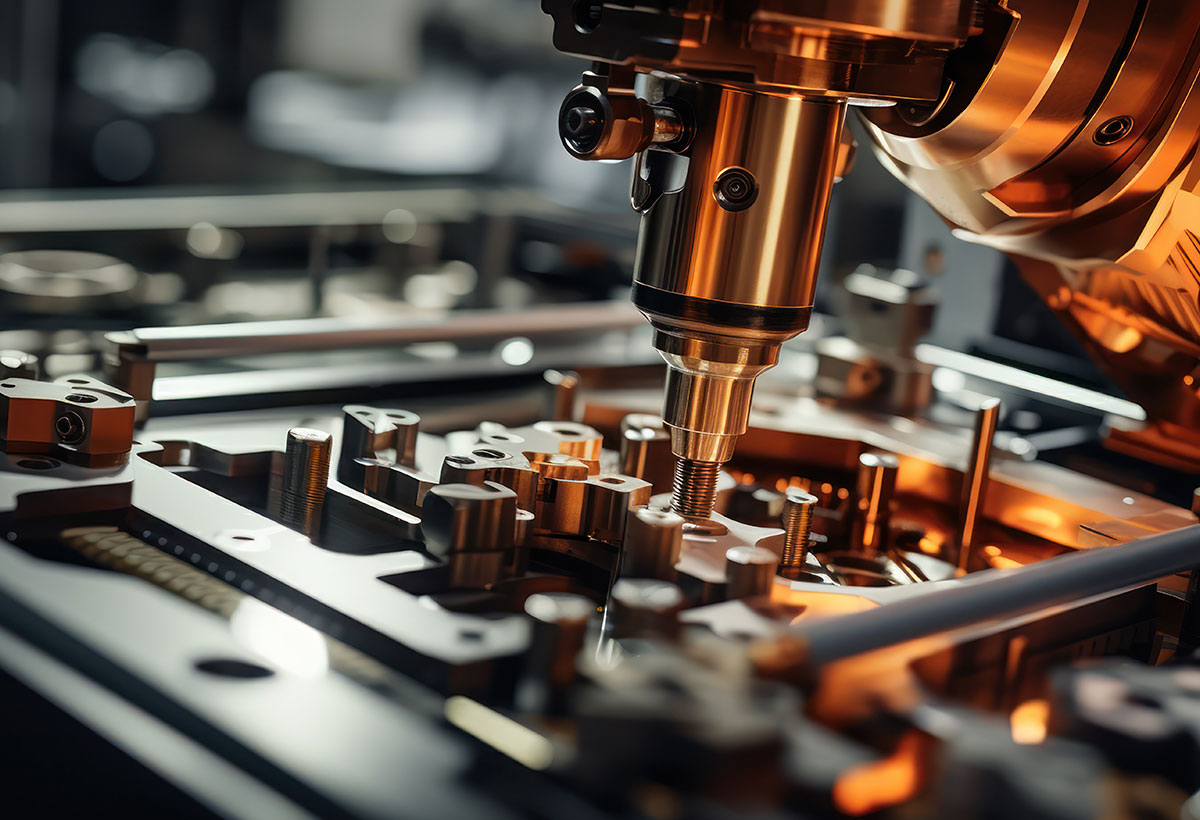Accelerated depreciation contributes to optimizing the industry’s financial and tax management. With the recent Law No. 14,871/2024, new opportunities for granting differentiated quotas are made available to certain assets.
To understand and resolve your doubts on the subject, continue reading! In this content we will explain what accelerated depreciation is, how it works and the impacts on the company’s competitiveness.
So, shall we go?
What is accelerated depreciation?

Accelerated depreciation, present in new Law No. 14,871/2024, is based on an accounting concept. It is responsible for calculating the depreciation of fixed assets more quickly in the first years of their useful life.
Thus, this method allows the company to account for depreciation in the first years after purchasing the asset. This is generally aligned with the loss of value in this initial period.
To do this, it considers the natural wear and tear of operational assets, which ultimately leads to a decrease in usefulness.
In other words, depreciation refers to the gradual reduction in the book value of the asset over time.
In other words, based on the period of life, and respecting the time of use of the asset, the calculation will be made and deducted from the Corporate Income Tax (IRPJ) and (Social Contribution on Net Profit) CSLL, with a monthly quota, of the company.
However, with Law No. 14,871/2024, depreciation will be accelerated. Isto significa que as quotas poderão ser mensuradas de maneiras diferentes.
In this case, the business will be able to account for up to 50% of the price of the asset in the tax period and the remainder of the subsequent year. According to the Director of Industrial Development at CNI, Rafael Lucchesi, on the Industry Portal, accelerated depreciation is already widely used by the main economies in the world “due to its ability to stimulate investments, create jobs and boost economic growth, resulting from the expansion of productive capacity and the modernization of industry”.
What are the objectives of Law No. 14,871/2024?
Law No. 14,871/2024 precisely concerns accelerated depreciation. It was sanctioned in May 2024, by the current President of the Republic, Luiz Inácio Lula da Silva, and aims to stimulate the exchange of company assets.
It was developed with the aim of building an efficient accelerated depreciation program for the acquisition of assets until December 31, 2025. This federal initiative underwent different improvements until its final version.
In any case, the law allows the application of the concept of accelerated depreciation to assets directly related to the production or marketing of products and services. Therefore, it authorizes the granting of differentiated quotas for new machines, equipment, devices and instruments intended for fixed assets and used in certain economic activities.
It is worth mentioning that these instruments must be those subject to wear and tear due to use, whether due to natural causes or normal obsolescence.
Therefore, even according to the Law, accelerated depreciation will not be permitted for:
- Buildings, buildings or constructions;
- Forestry projects aimed at exploiting the respective fruits;
- Land;
- Goods that typically increase in value over time, such as works of art or antiques;
- Goods for which depletion quota is recorded.
How does the Accelerated Depreciation Act work?

The Accelerated Depreciation Law provides a tax incentive. Para isso, no cálculo do IRPJ e da CSLL de pessoa jurídica tributada, será admitida a depreciação de:
- Up to 50% of the value of the goods in the year in which they are installed or put into service or ready to produce;
- Up to 50% of the value of the assets in the year following the year in which the asset is installed or put into service or is ready to produce.
This will exclude the net profit for the correct determination of the real profit and the adjusted CSLL amount. This result must be recorded in the tax book for calculating the real profit and in the tax book for calculating the adjusted CSLL result.
In the case of a remaining balance of the value of the assets that has not yet been depreciated, it may be written off in the following years in each calculation period. Always, of course, based on the importance of the decrease in the value of the assets.
Furthermore, the total depreciation (normal and accelerated) cannot exceed the acquisition cost of the asset! It is important to highlight that accelerated depreciation will need to be calculated before applying the coefficients provided for in art. 69 of Law No. 3,470. Not to mention that this program may also be conditioned on meeting requirements regarding national industry, sustainability and value addition in the country
In these cases, the specific assets must be responsible for complying with them.
And the maximum amount provided for the tax waiver, provided by the Law, will be R$1,700,000,000.00, in 2024. It can still be expanded, if necessary, based on the art. 14 of Complementary Law No. 101 (Fiscal Responsibility Law) Finally, the companies that will be able to enjoy this benefit will be those previously authorized by the Executive Branch.
Read also: Cost reduction: learn how to practice in the textile industry
What does it mean for the industry, in practice?
As you can already see, accelerated depreciation generates gains beyond the anticipation of the value to be deducted.
It contributes to the financial health of the industry by maintaining cash flow during investment periods.
Furthermore, the entire program provided for in Law No. 14,871/2024 encourages:
- The Modernization;
- Development;
- The acceleration of the entire industrial sector.
Thus ensuring economic growth for the company, segment and the country. Still based on the Industry Portal, the CNI estimates that accelerated depreciation will be capable of generating an increase of R$20 billion in investments in Brazil, in 2024. Therefore, there will be an expansion of national production capacity, generating productivity.
Because, according to another CNI survey, industrial machines and equipment are currently, on average, 14 years old! In fact, 12% of the Brazilian industrial park is still from 1980 and 1990
, prior to the widespread internet offering in Brazil. Therefore, they are extremely out of date with the concepts of Industry 4.0.
Anyway, 38% of the machinery studied is close to or has already exceeded the age indicated by the manufacturer as the ideal life cycle. And they are responsible for generating significant negative impacts on production, such as:
- Necks operational;
- Unforeseen stops and maintenance costs;
- Lack of precision in decision making;
- Fines and expenses for adapting to NR-12;
- Risks to workers;
- Drop in competitiveness and quality;
- Greater waste and environmental effects.
So, the accelerated depreciation law is an initiative that aims to keep the industrial market broadly competitive, healthy and sustainable by encouraging innovation and development.
Take the next step!
Take advantage of the accelerated depreciation law and invest now in new technologies and partnerships to reduce costs and increase the competitiveness of your industry!
To do this, click the button below and download our free guide. Discover more about the importance of innovation in the textile sector and the differentiators of Textile Machines from Delta in this context.



